Chances are you will know a bit about the Mercedes-Benz Unimog but, unless you’re a Moggite, not everything. And even then, probably not everything everything, because there’s such a lot to digest.
In a good 4x4, I would by now have flooded the engine, grounded the chassis, burnt through several clutches and remodelled the bodywork. I would, in short, be walking home, possibly with a limp and certainly with wet trainers. But not today, because I’m driving a Mercedes Unimog.
Now in its 75th year, Unimog, part of Daimler Truck (which has Mercedes-Benz, Freightliner and other brands in the mix), on the surface makes two model lines: the UGE implement carrier and the UHE extreme off-roader. Here, I’m driving a UHE. But like Mercedes-Benz’s car model line-up, it’s more complicated than that.
The UGE implement carrier has 17 different factory-fresh variants across six wheelbases, with five power outputs via engines of four or six cylinders, even before you send it to a specialist for any customisation.
This UHE is more straightforward, with only one wheelbase and length to worry about, one engine option and two cab styles (including pick-up variants). It’s 6.0m long, 2.5m wide and 2.9m tall. But there are still two variants, one being more heavy-duty than the other, owing to beefier axles. Those take its maximum permissible weight from 10.3 tonnes to 14.5 tonnes.

Pictured here is the heaviest-duty double-cab variant of the UHE, the 5023 Crew Cab, which makes it the king of off-road Mercedes Unimogs and therefore probably a king or at least a notable prince among off-roaders, able to go farther into the rough than most of the planet’s other wheeled vehicles; and certainly farther than any vehicle that’s also a truck so can do 55mph on the road.
Not for nothing has it been named Off-Road magazine’s vehicle of the year for the past 18 years running. Duality of purpose is really at the heart of every Unimog, from the very first of 1948 to a vehicle sufficiently popular today that Daimler makes more than 2000 a year.
In the mid-1940s, a tractor was a farmer’s lot. Two-wheel drive and with an exposed and uncomfortable seat situated over the rear axle, they were rugged but slow, and if you wanted to carry anything, you needed a trailer too. German engineer Albert Friedrich’s original Unimog ‘70200’ tore up that rulebook.
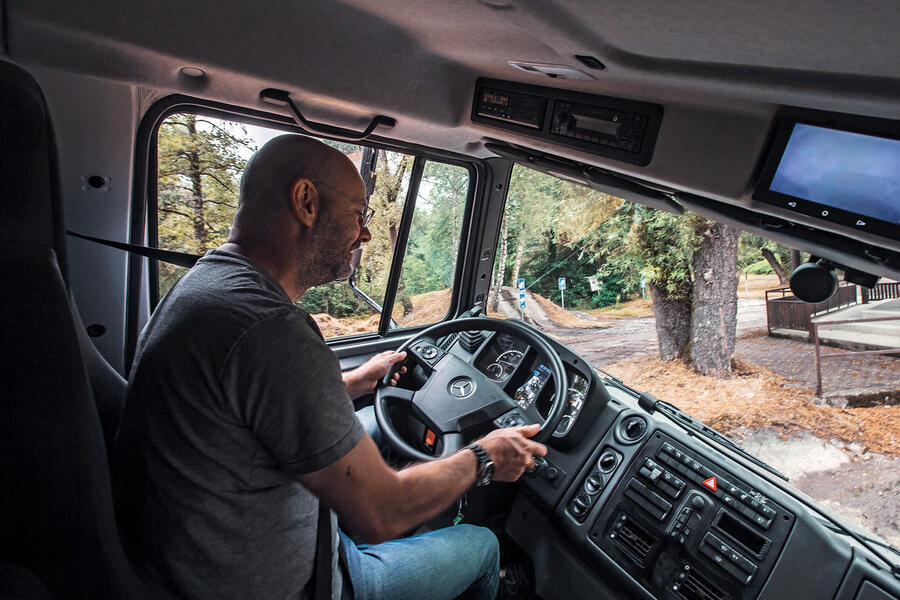

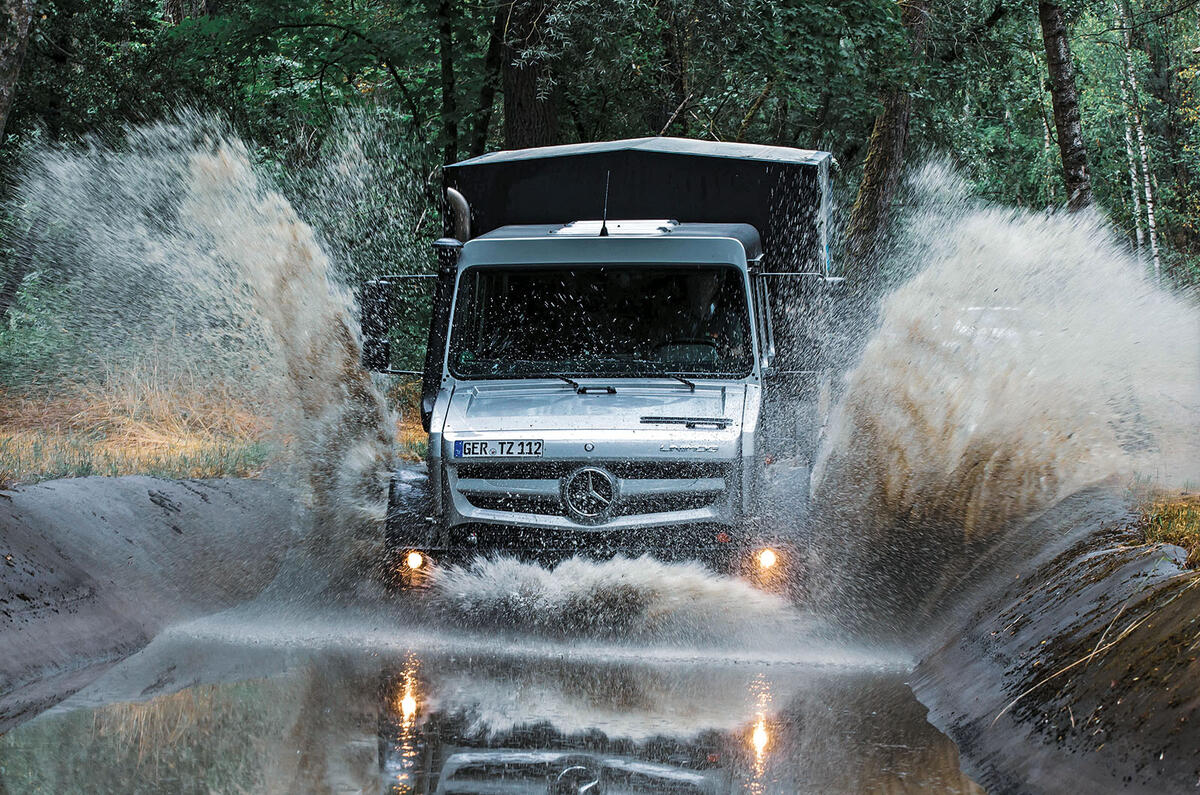
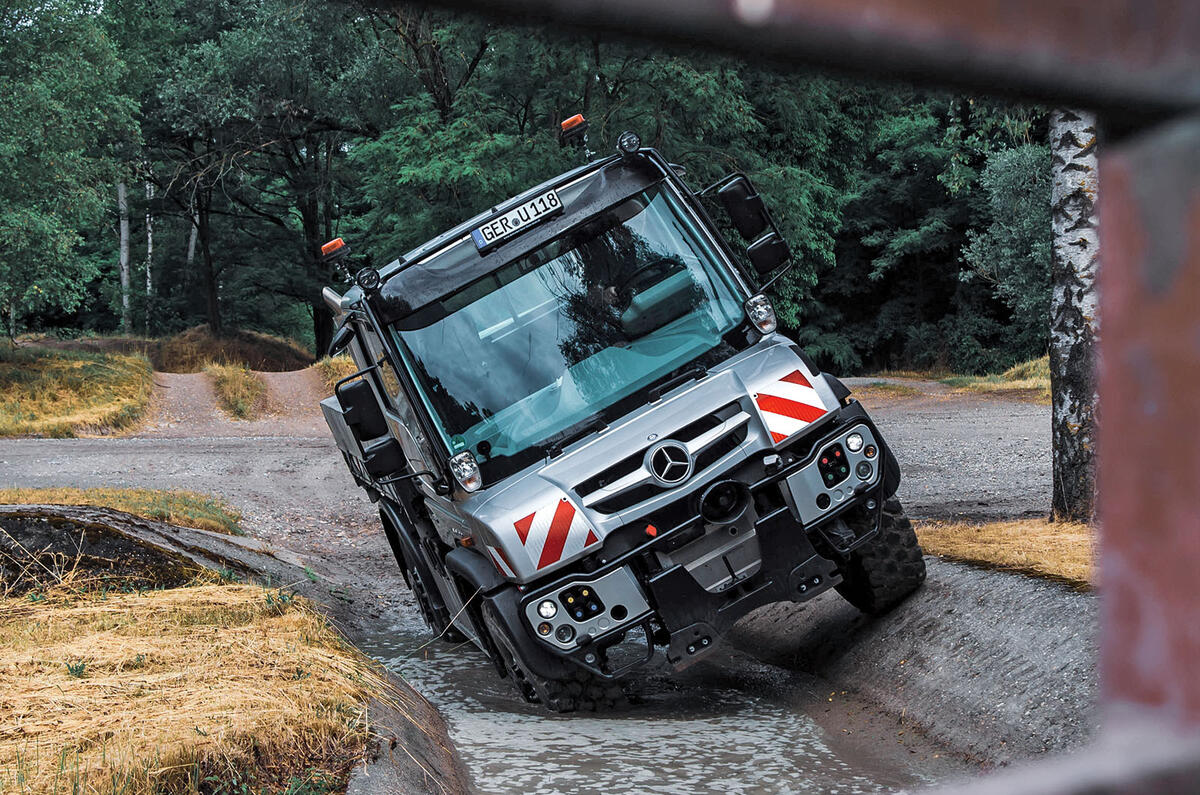
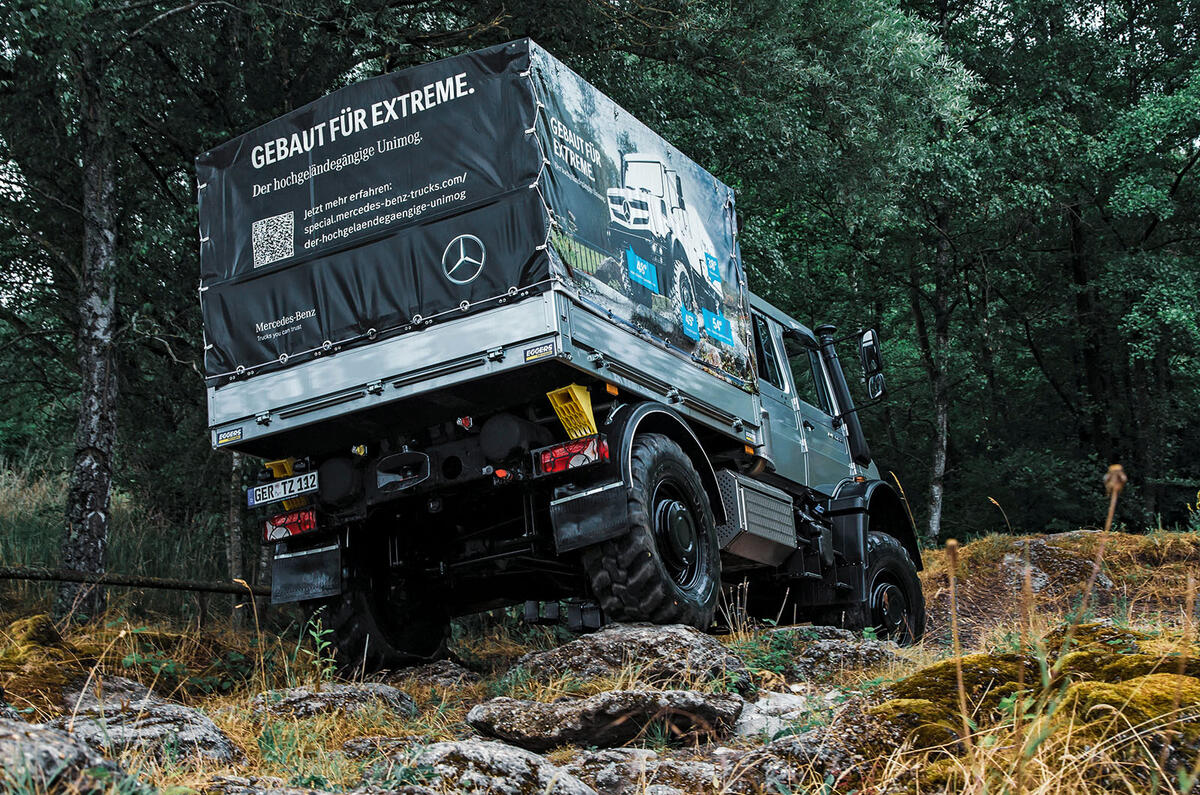
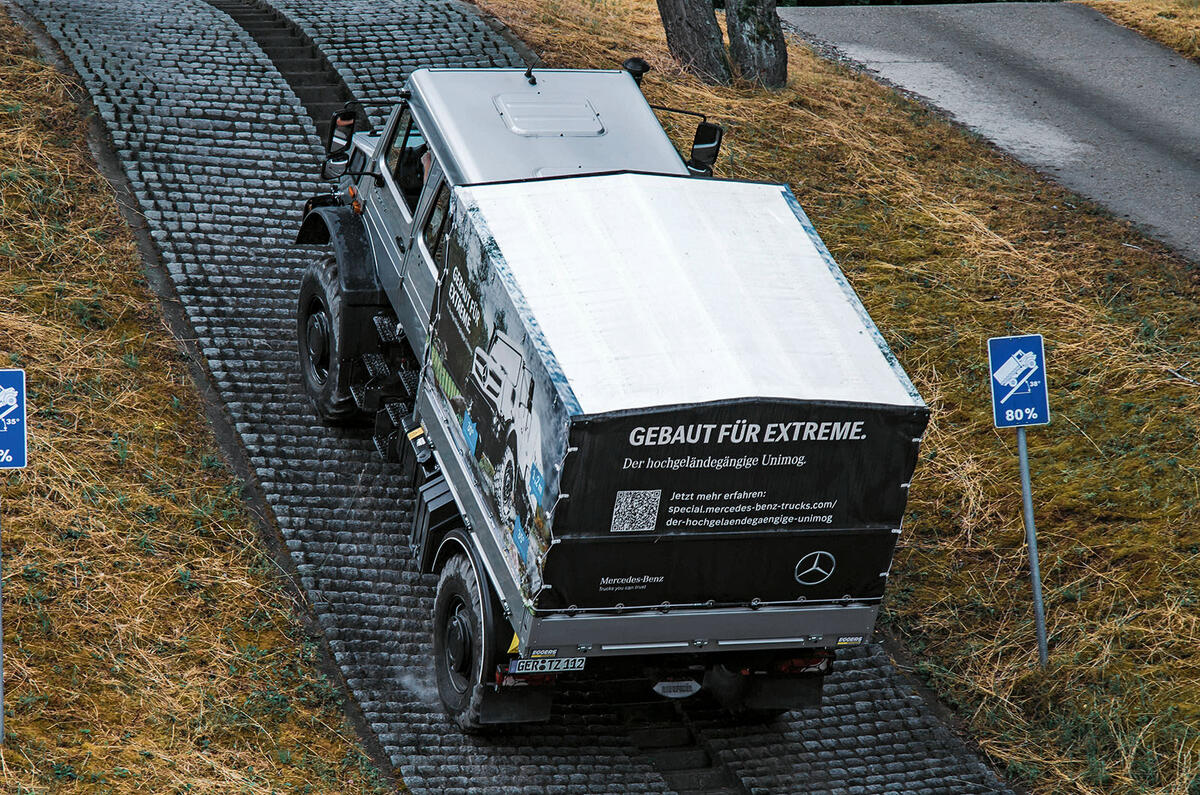
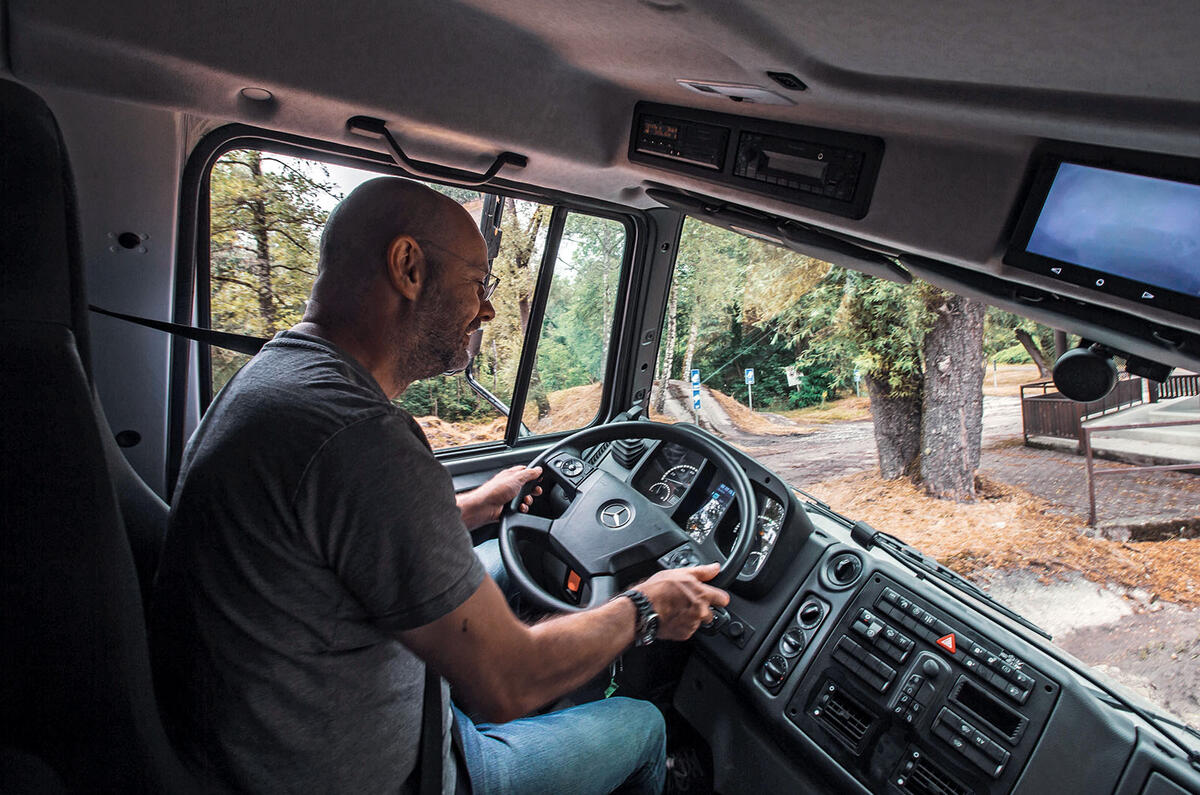
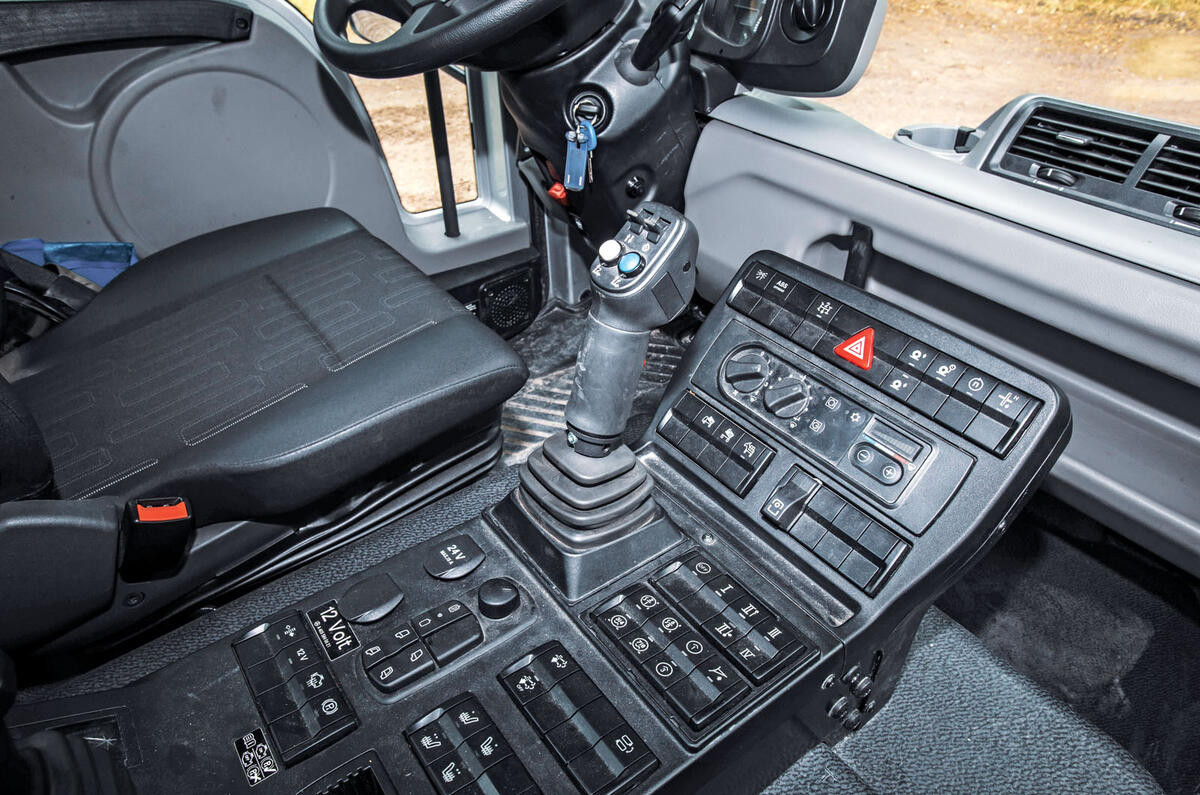
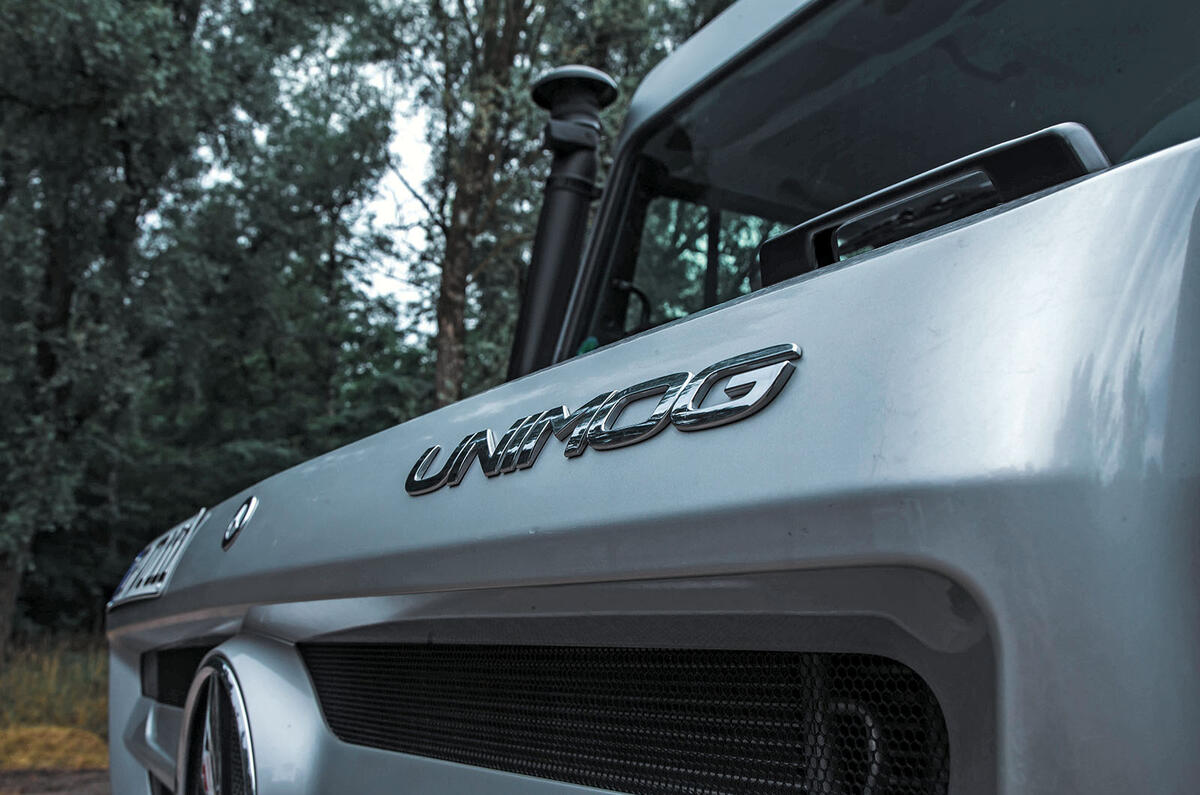

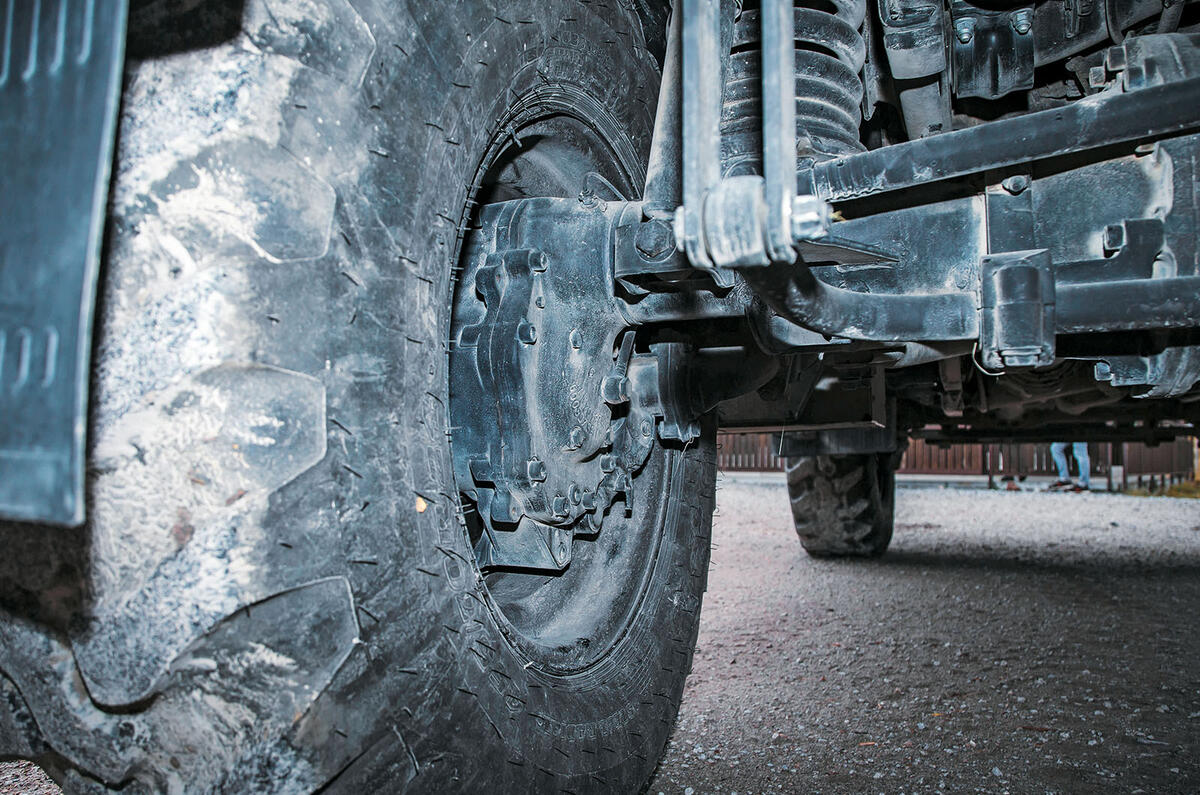
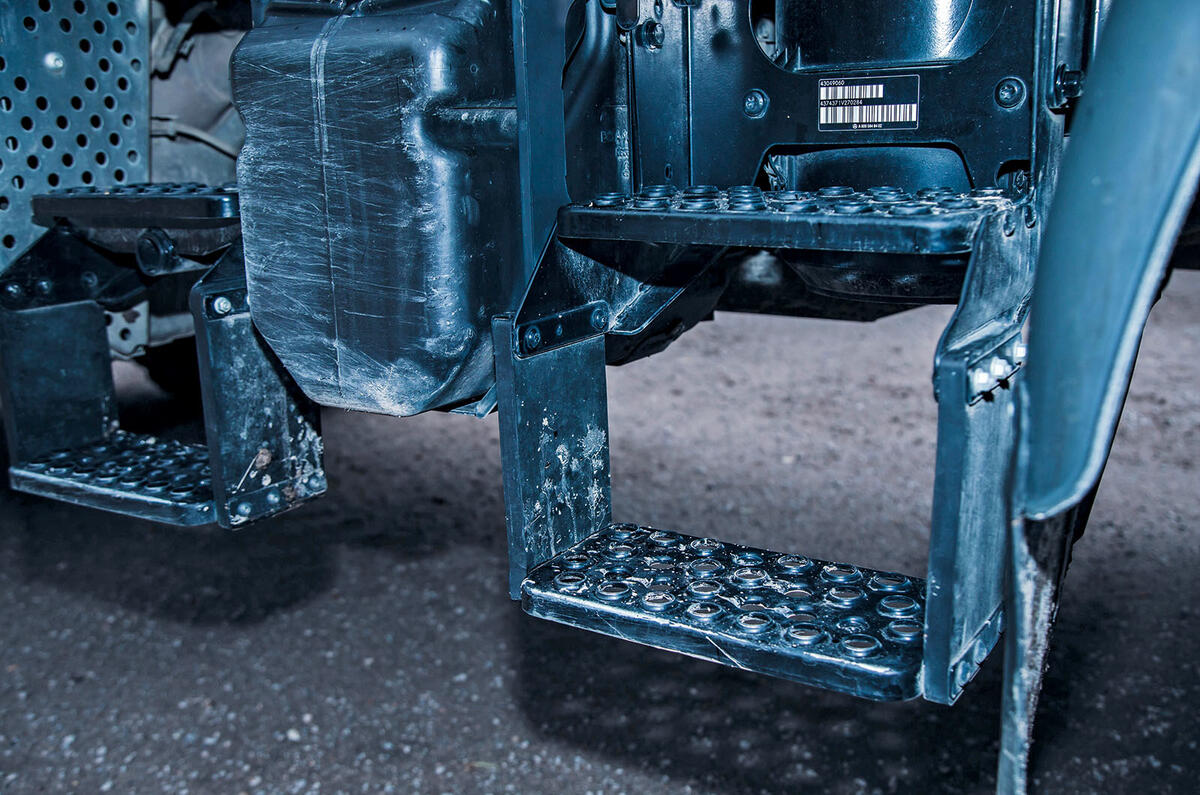
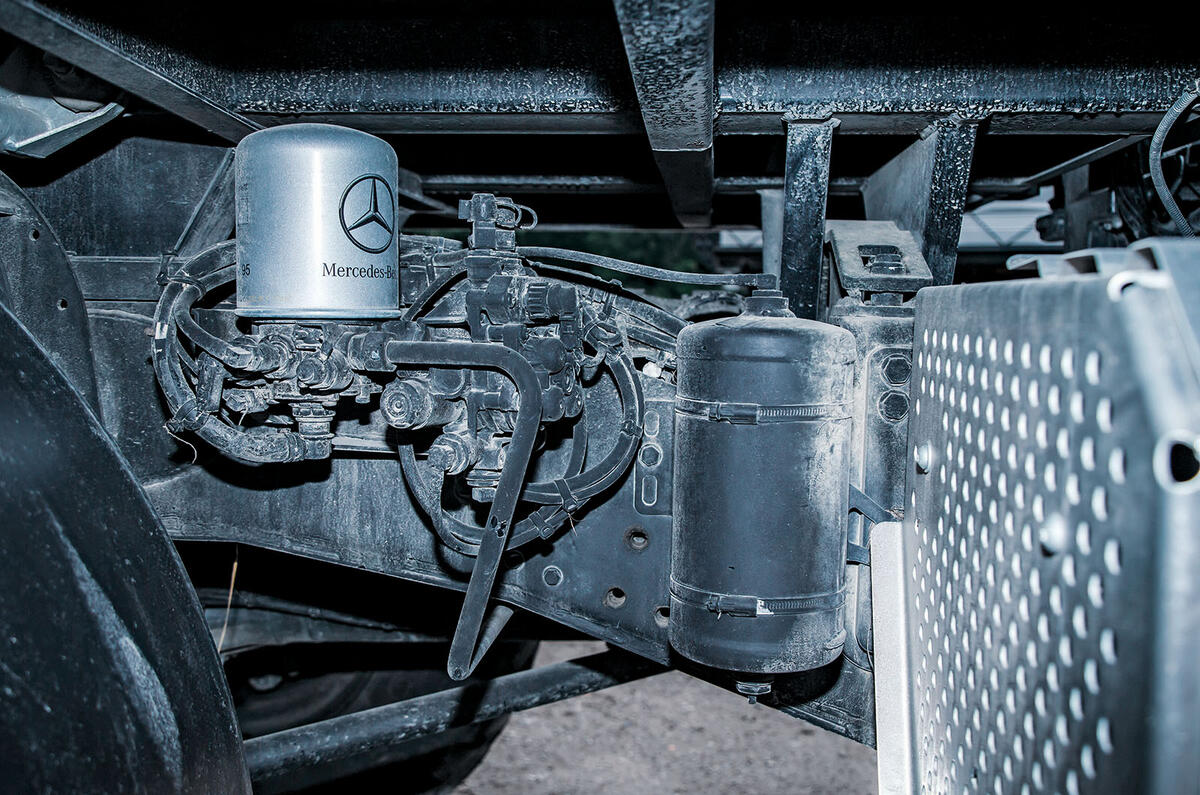
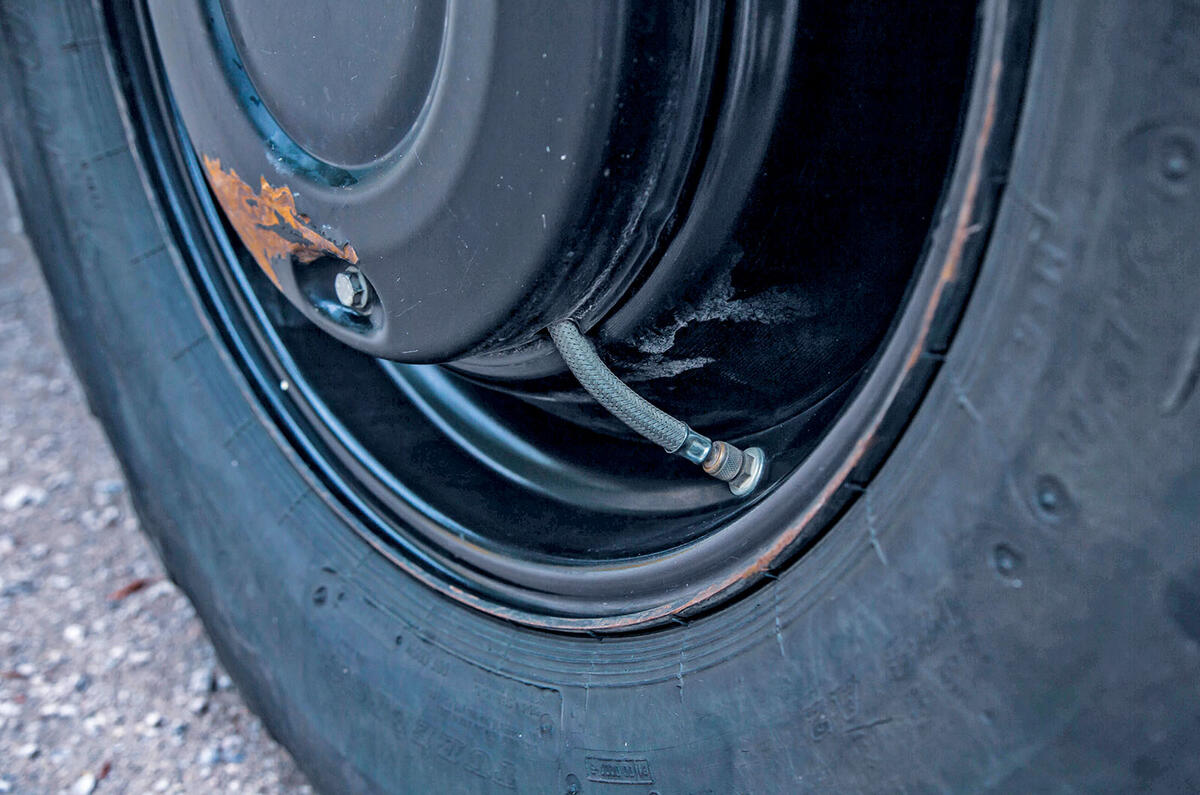
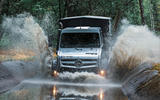
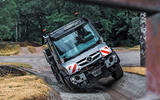

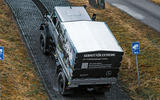
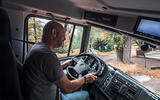
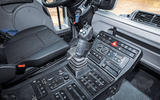
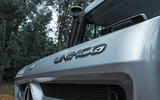
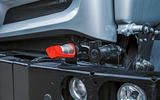
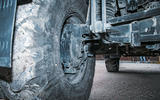
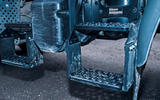
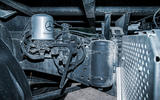
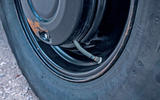

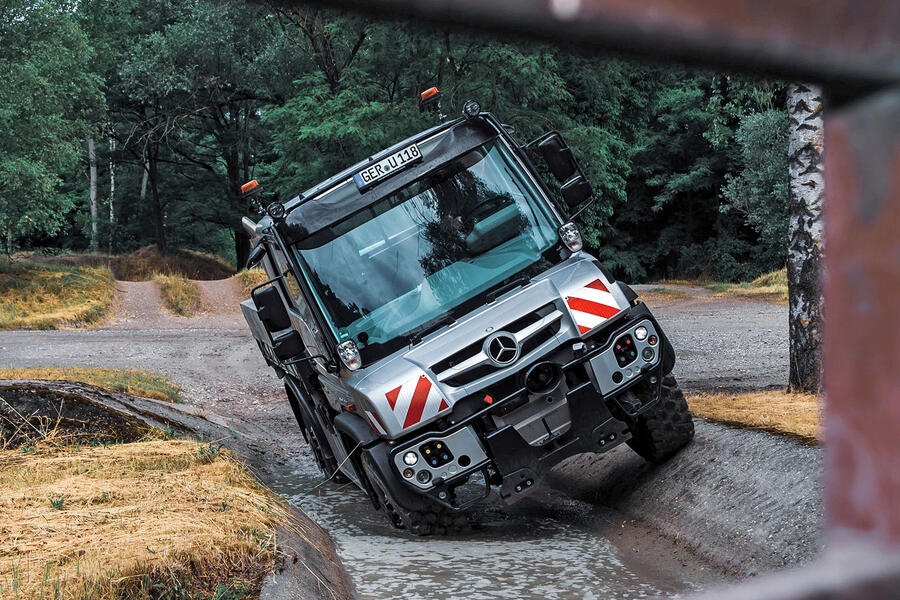
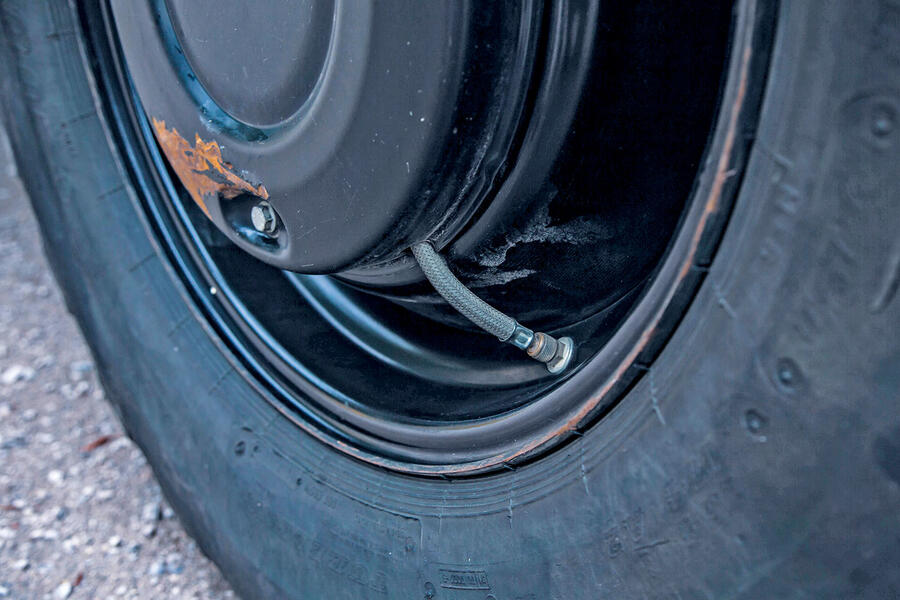
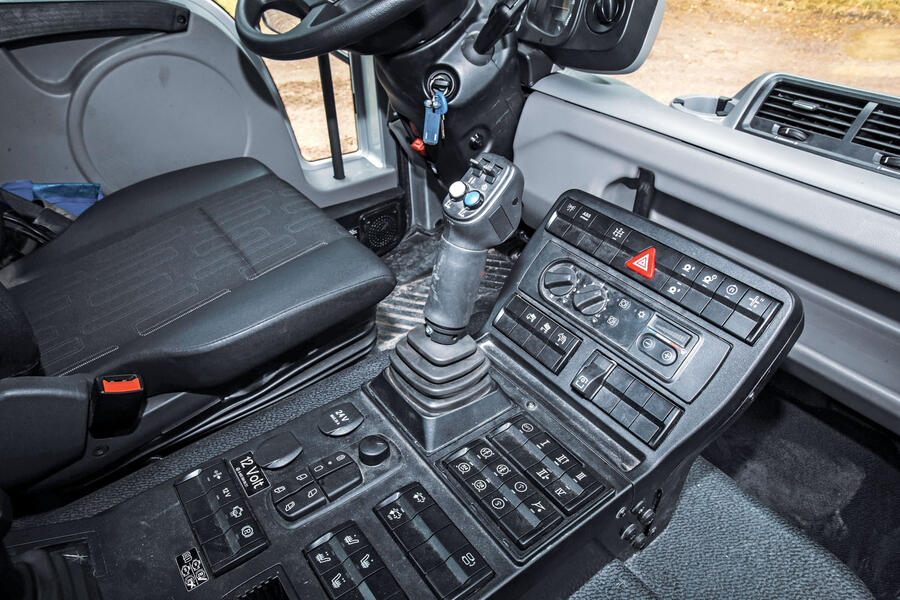

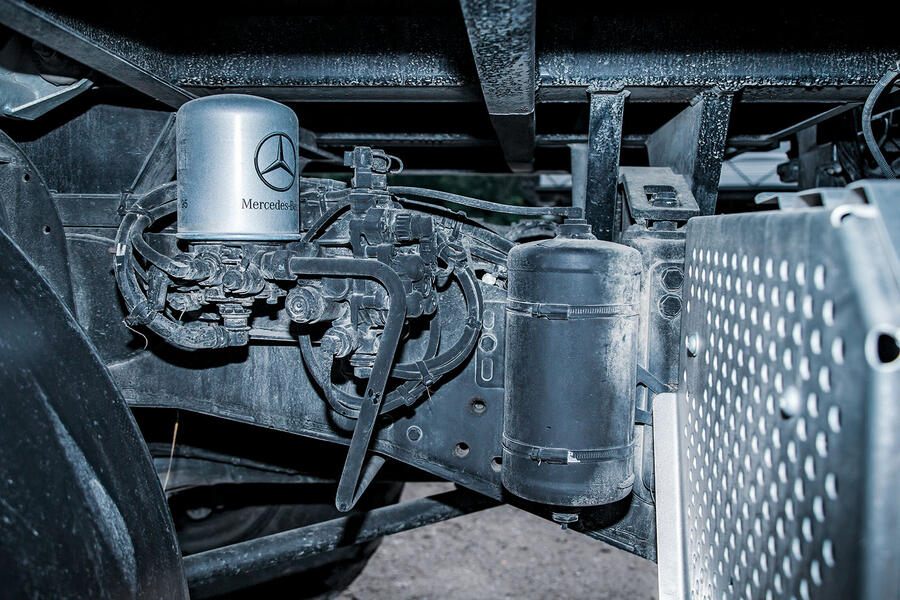




Join the debate
Add your comment
The best 4x4 by far!
"A Unimog is a Swiss Army knife on wheels"
Victorinox thanks you for the advertisement